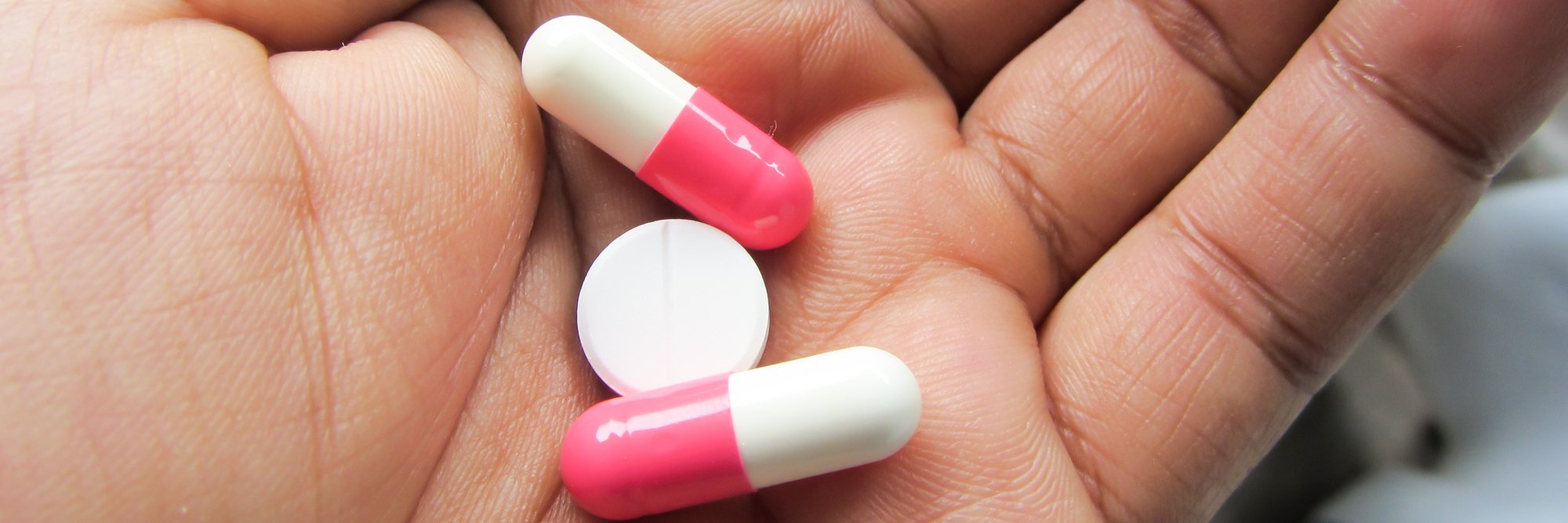I’m a chronic pain patient who uses opioids to control my condition. Like most chronic pain patients who use opioids, I have been affected by the CDC Guideline on Opioid Prescribing.
Physicians dramatically reduced my medicine, my condition worsened and I have had a very tough year.
But I’m coming out of it. And I’m ready to fight for us.
Now, my local TV station in Lansing, Michigan is running a series on the “opioid crisis” as many media members call it (because that was what government leaders have called it). The fact that it’s the month of May is a reason they are running it because the audience of the local U.S. news stations is being measured in what they call “the ratings.” Doing a story on opioid addiction makes sense because, let’s face it, it’s become big news in the last year.
Not being one to stand idly and let life go by (I was a firefighter so I’m wired for action) I called the TV station (WLNS) and shared with news executives there the story of the chronic pain patient.
To my surprise, they didn’t know much about it.
They saw only the addiction story — how could they miss it given the media’s fascination with it — but didn’t really see the collateral damage that is being done to millions of people who use opioids to control their chronic pain without becoming addicts. In fact, I told them, the addiction rate is very small. The other story is how patients have been dropped by their doctors because of fear — fear that the government would come calling, label them as drug dealing doctors and threaten their license. And patients are suffering.
The folks at WLNS, to their credit, are ready to tell my side of the story. I was interviewed this week and they are making an effort to find physicians and other chronic pain patients who will tell the story — our story.
I spoke with Ed Coghlan of the National Pain Report and he suggested I share this story because it’s an example of what one person can do to try and influence the discussion.
So here it is:
Contact your local media. We need to get our story out — not all chronic pain patients are addicts – in fact most aren’t. We use opioids not to get high but to manage our life.
Calling the news department (or your local newspaper) isn’t hard, once you decide that you want to. When you call them, don’t scream at them, just tell them “I have a story for you.” I remember from my days as a public information officer that will get their attention. The folks at WLNS were interested, respectful and curious.
When you talk with them or email them — be concise. Tell them there’s another side to the opioid story — and it involves thousands of their viewers and readers.
We will see plenty of stories during the May “sweeps” about opioid addiction. Don’t you think we should see more about what is happening to the millions of chronic pain patients?
I did.
And there will be a story on my local TV.
You can do it, too.
This blog was originally published on the National Pain Report.
We want to hear your story. Become a Mighty contributor here.
Thinkstock photo by sikhorn

